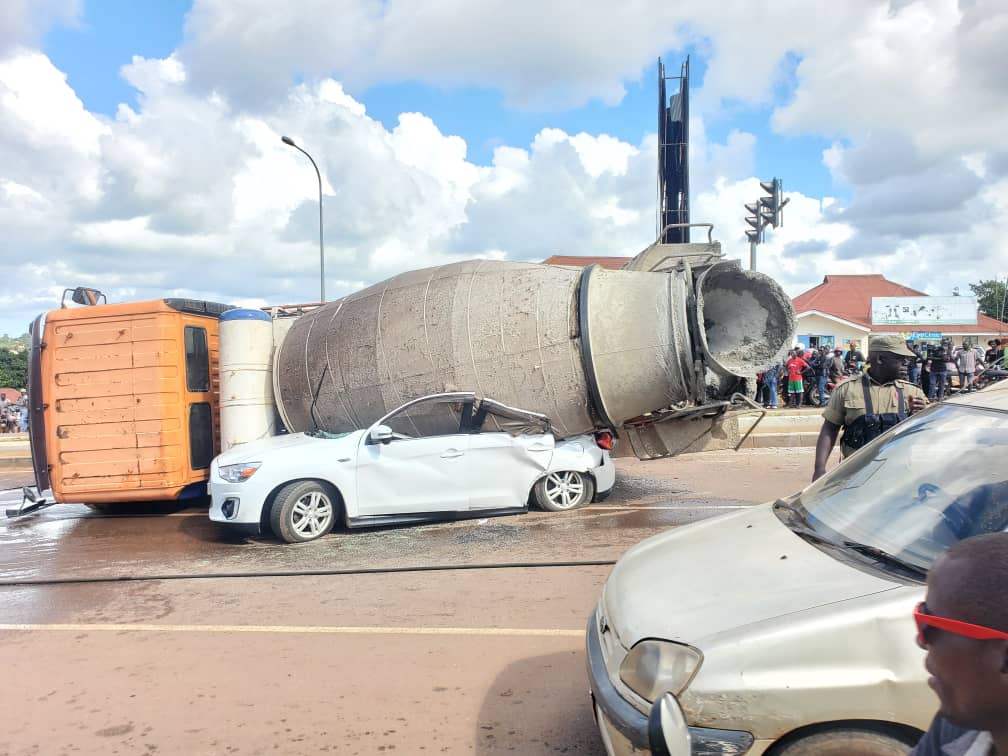Soon most roads will lead away from, not to Kampala

If you follow tech trends in Africa in a mwananchi sort of way, you probably think that the most popular apps are WhatsApp, Facebook, Instagram, Twitter, and so on. And you would be right – sort of. That is because, right up is Esoko. It is totally not sexy, and you won’t see photos of gorgeous people, or be shocked up by videos of police beating up a stubborn Opposition like Bobi Wine (Robert Kyagulanyi).
Esoko, according to reports, is Africa’s third-most downloaded app. It collects and shares crop prices; supplies weather information and farming tips, and provides mobile phone payments. How is it possible that it can be in the same elite class as the wildly successful WhatsApp? Because at the same time as farming faces crisis, hit by everything from climate change, to lack of infrastructure, and funding, it is also witnessing a rise of innovation and an influx of a new type of African drawn to the land – and life up-country.
This column has written before on how this trend expresses itself in agriculture, and how it is a response to the opportunity presented by Africa’s population explosion and urbanisation, which is providing a record number of mouths that need to be fed.
However, it is happening across the board, including in the arts, technology, and sports.
Kwezi Tabaro, a director at LéO Africa Institute and writer, recently visited Gulu. On his Twitter page, he posted photos of himself viewing the paintings of “a young Gulu-based artist Thomas Vava”. It was interesting stuff. But perhaps even more fascinating is the story behind the story. Vava’s paintings were displayed at Elephante Commons. Elephante Commons describes itself as “a community space for Gulu”.
It is growing into a sprawling creative and leisure space, including a music room, and innovation centre. It used to be that stuff like innovation centres happened only in the city; certainly not in until-recently war ravaged places like Gulu. But every week when you look, here at home and further away, there are reports of new cool things happening in Gulu and several places up-country.
From neighbouring Tanzania, the more culturally attuned will have heard of a young woman called Sungi Mlengeya. Mlengeya is a brilliant artist who, as an article in The East African put it, “is carving a niche for herself in the art world with her ‘less is more’ style… Sungi’s portraits of contemporary women stand out with their dark complexions against white backgrounds. The elegant, ebony-skinned women have strong expressions, full lips, high cheekbones and expressive eyes”.
Mlengeya has held acclaimed exhibitions outside Tanzania. She isn’t a Dar es Salaam-based. Her studio is in Arusha.
These trends are driven by many factors, including the reality that capitals like Kampala, Kigali, Nairobi are getting crowded, so there is increasingly less room. The spread of smartphones and the internet have also democratised world-class knowledge, and provided creative platforms that the analogue structures of the past just couldn’t deliver up-country.
Although some of the big investments governments in Africa have made in infrastructure have brought new concerns about debt, and also juiced corruption, they have also bequeathed benefits that have not yet been fully reckoned. In Tanzania, less than two decades ago, you had to make serious plans to travel from Dar es Salaam to the Nalubale (Victoria) lakeside city of Mwanza, a forbidding 1,146kms away, because it would take you days.
Today, there’s a sleek tarmac road and if you are hang over, you can comfortably sleep through the journey and wake up in Mwanza with the smell of booze still in your nose.
The ride between Kampala and Gulu has never been smoother, and partly because of the shift of both “war refugees” closer to the road, and the emergence of an agricultural corridor along the stretch, basically it is now a drive through urban areas. The distances that existed between the capital and towns upcountry have dwindled, and so have the barriers to the movement of ideas and knowledge.
But most significantly, this is part of the impact of Universal Primary Education (UPE), with all its problems. Until UPE, the children of the middle class, the urban working class, and the urban poor, had the most access to education. UPE, which Uganda and Senegal were the first to launch in Africa, changed all that and dramatically expanded schooling. The UPE generation, especially those from the remoter upcountry regions, have a closer link to their communities, and a lot more of them feel the need to work in them, than their urban and peri-urban kin.
The combination of these various elements is leading to one of the biggest urban-rural shifts we’ve witnessed, which hasn’t been caused by war (because in times of conflict, we run away from the city to the safety of our villages and clans in the countryside).
Mr Onyango-Obbo is the publisher of Africa data. visualiser Africapedia.com and explainer site.
Roguechiefs.com. Twitter@cobbo3




